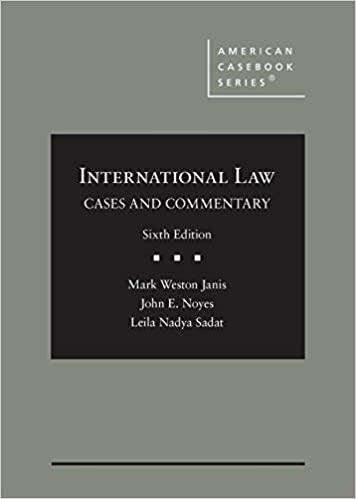Question
Cristen Calahan is a nurse manager of a 36-bed orthopedic unit in a community hospital. Within the past 2 weeks, two full-time RNs who work
Cristen Calahan is a nurse manager of a 36-bed orthopedic unit in a community hospital. Within the past 2 weeks, two full-time RNs who work evening shift have turned in their resignations and given Nurse Calahan a 6-week notice of intent to leave. Staffing on night shift typically is composed of two RNs, and there are only three full-time and one part-time RNs employed. Nurse Calahan feels pressured to replace the two RN vacancies on the 11 PM to 7 AM shift immediately. She knows that the other RNs on the 7 AM to 3 PM and 3 PM to 11 PM shifts do not like to rotate to the 11 PM to 7 AM shift. In addition, pulling from the other shifts will create RN shortages on all shifts. Nurse Calahan contacts the human resources department, places the appropriate position vacancy information and has the positions advertised appropriately. She contacts the human resources department and discovers that two new graduate RNs are interested in the openings.
Nurse Callahan decides to screen and interview these two and any other applicants using a targeted selection process.
- Why might she choose this interview method? How does this choice affect the types of questions she is likely to ask?
- Are there some questions that should not be asked in these interviews? How does the targeted selection process influence her ability to ask the "wrong" questions?
Step by Step Solution
There are 3 Steps involved in it
Step: 1

Get Instant Access to Expert-Tailored Solutions
See step-by-step solutions with expert insights and AI powered tools for academic success
Step: 2

Step: 3

Ace Your Homework with AI
Get the answers you need in no time with our AI-driven, step-by-step assistance
Get Started


